An introduction to pearl quality factors
To date there is no internationally accepted or standardised grading system for pearls as we know it for example from the 4C’s in the diamond industry. However, there is a common understanding of the key criteria to evaluate the quality of pearls. These encompass: size, shape, colour, lustre, surface and for cultured pearls also the nacre thickness.
The interplay and balance between these factors in a pearl as well as the type of pearl, define their quality and ultimately their value.
Pearl Types: Natural vs cultured pearls
A major factor in the determination of a pearl’s value, lies in distinguishing between natural and cultured pearls. Whereas probably 98 percent of today’s available pearls on the market are cultured, natural pearls of good quality are among the rarest and most valuable organic gems.
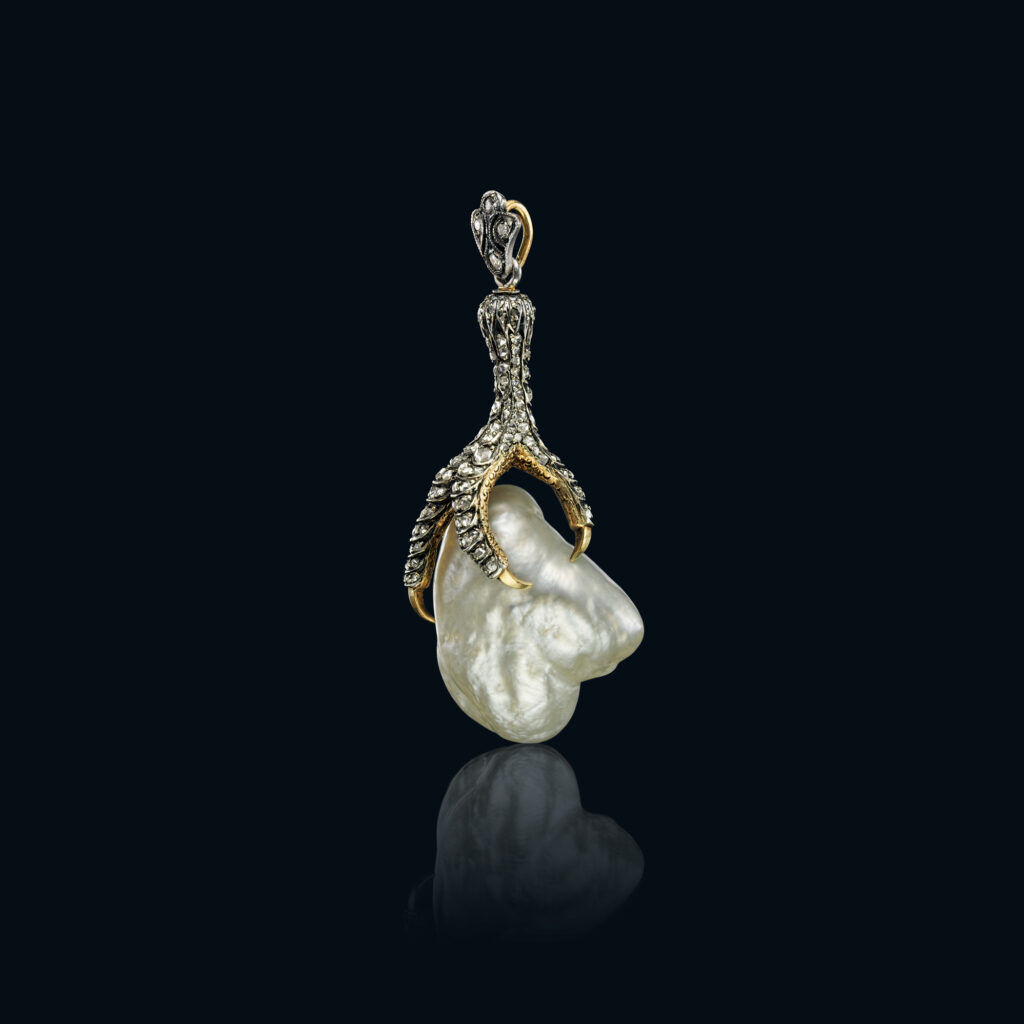
Natural Pearls
The so-called fine pearls are products of nature, which occur entirely without human interference. Natural pearls develop inside the shell when the latter activates its defence mechanism due to an external interference such as for example a parasite entering the tissue of the shell.
Cultured Pearls
When it comes to cultured pearls, the interference of the tissue disturbance is man-made by inserting a bead and a small pieces of tissue mantle with the intention to culture a pearl inside the shell. Among today’s most popular cultured pearl types we count South Sea pearls, Tahitian pearls, Akoya pearls and Fresh water pearls.
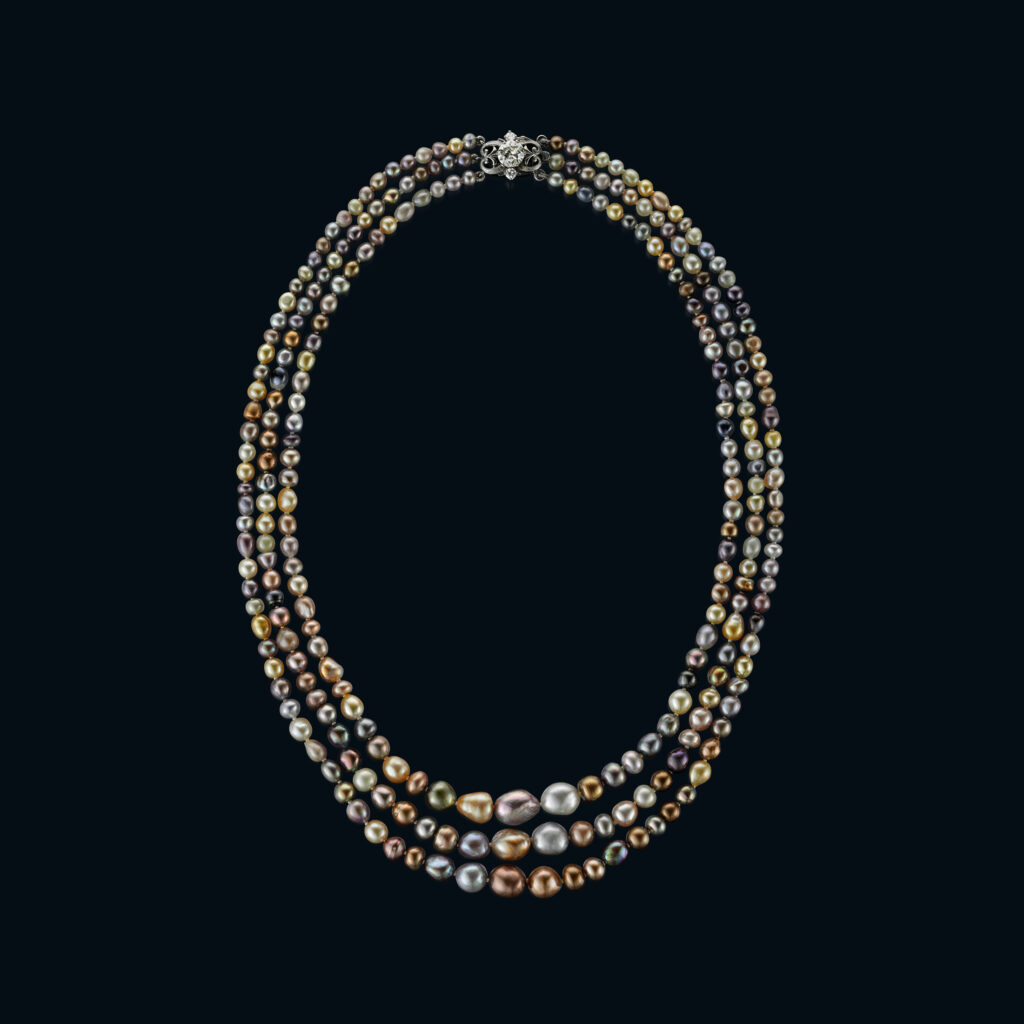
The key quality criteria of pearls
Pearl Size
Pearls are measured in diameter and in millimetres. If the other quality factors are met or equal, the value of a pearl rises with its size. The diameter of most cultured pearls ranges between 2 to 18 mm. Pearls over 18 mm are considered to be extremely rare and particularly valuable.

Pearl Shape
The rarest and most coveted of pearls, which are of the highest quality, are symmetrical and almost perfectly round. As natural products, pearls come in many different shapes. Besides round shaped pearls; oval shaped ones and drop shapes as well as completely asymmetrical shaped ones, also-called “baroque shaped” have won in popularity in recent years. Symmetry plays an important role among the different shaped pearls; the higher a pearl’s symmetry, the higher is its value and price.
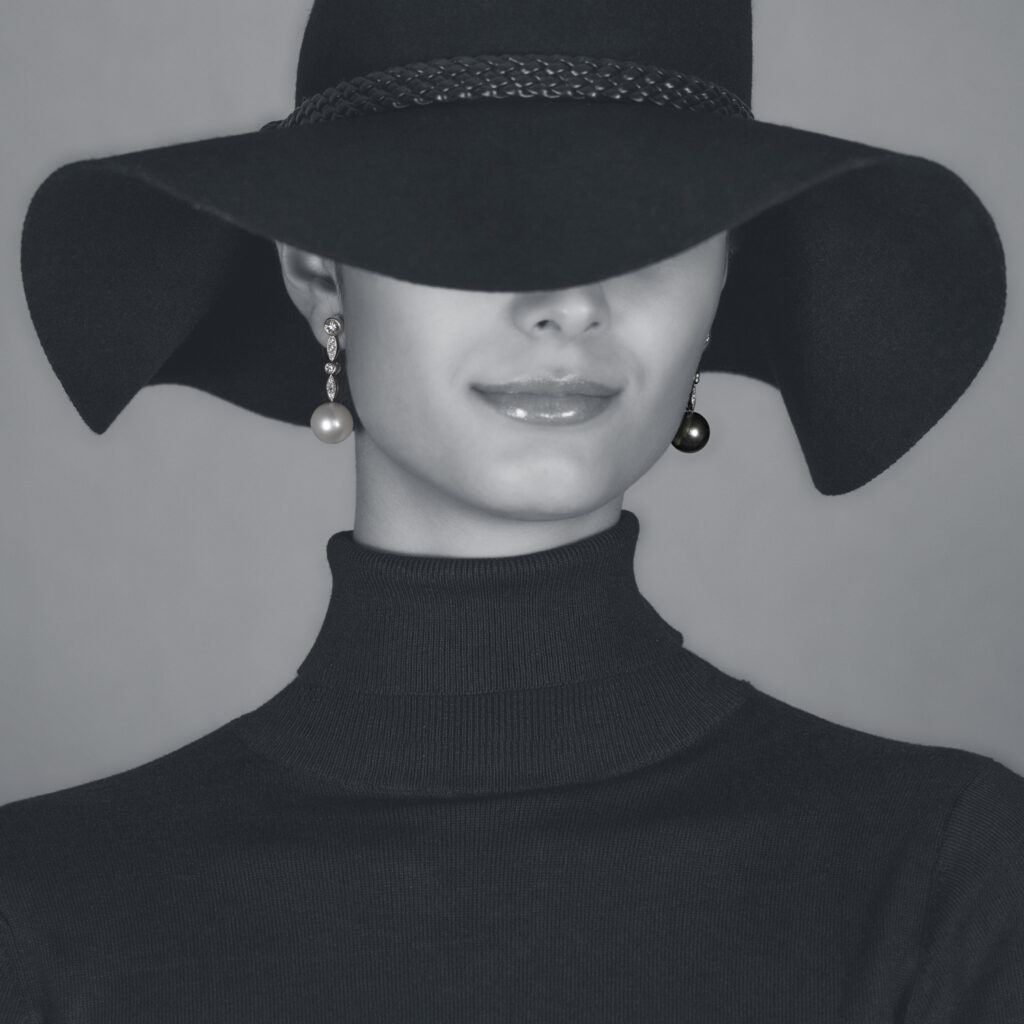
Pearl Colour
Pearls come in a broad range of colours; the criteria to determine a pearl’s colour include a) its body colour, b) the overtone, which is the colour of the light reflection on its surface and c) orient; which is the iridescent colourplay observable in some pearls. When it comes to cultured pearls, Tahitian pearls come in grey to black colours, which reach over to green versions of the gem. South Sea pearls come in white to yellow over to golden varieties. And fresh water pearls mainly occur from white to pink varieties, reaching over to lavender/purple tones.
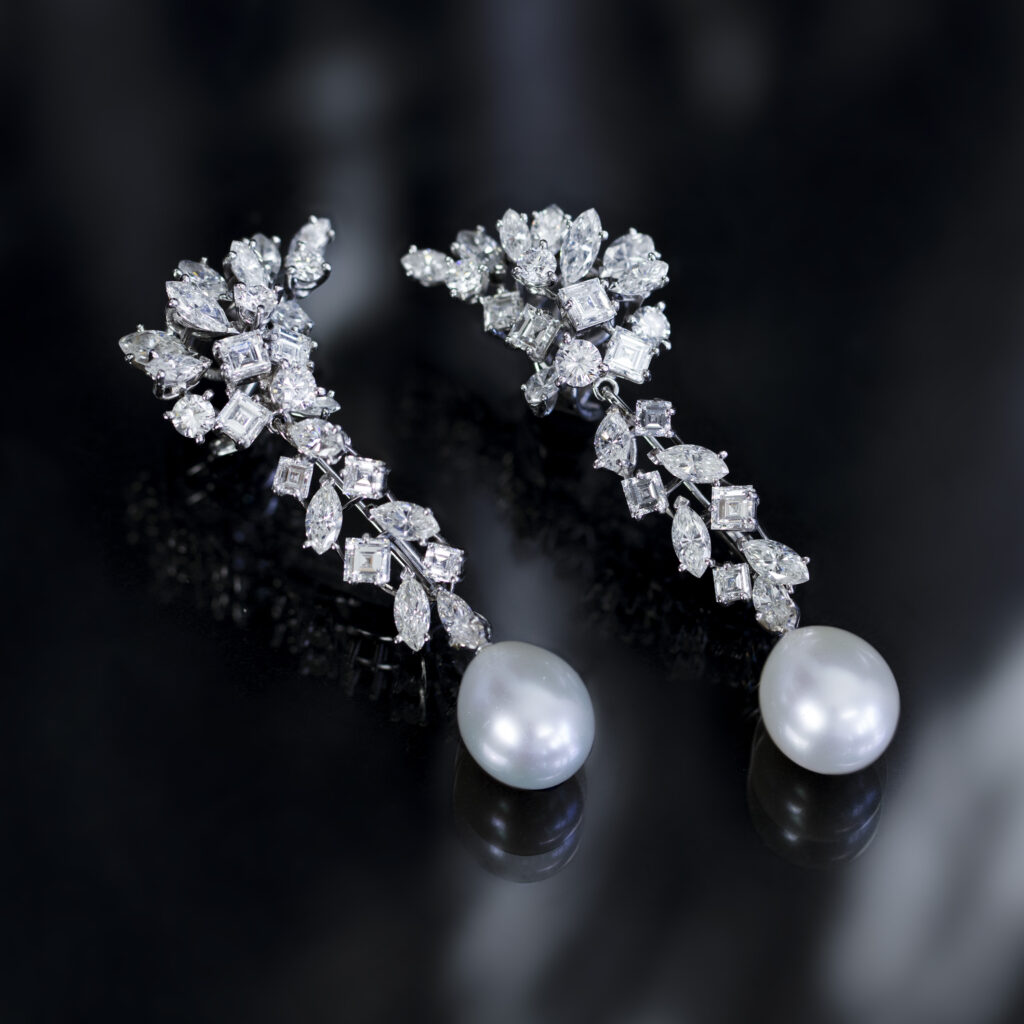
Lustre
Lustre, probably the most important factor to define a pearl’s quality, refers to its ability to reflect light and with it its shine and brilliance. It measures the light reflection and detail-orientation of a pearl’s reflection. A high lustre as well as bright and sharp reflections in pearls are the features of high quality. However, the lustre of pearls varies greatly among the different pearl types.
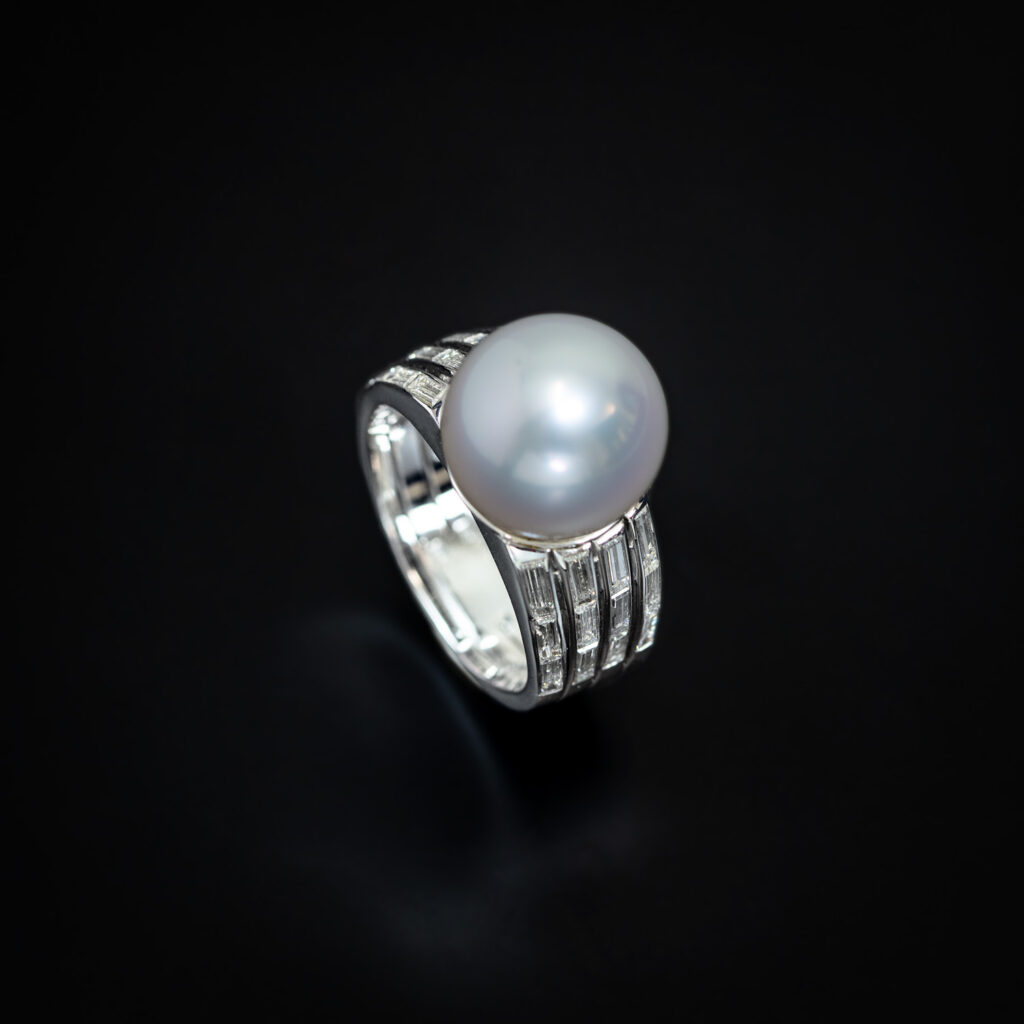
Pearl Surface
Being products of nature, flawless pearls do practically not occur. The fewer blemishes such as irregularities, bumps and cracks the surface of a pearl features, the smoother and the more homogenic its surface is, the higher is also its quality and consequently its value.
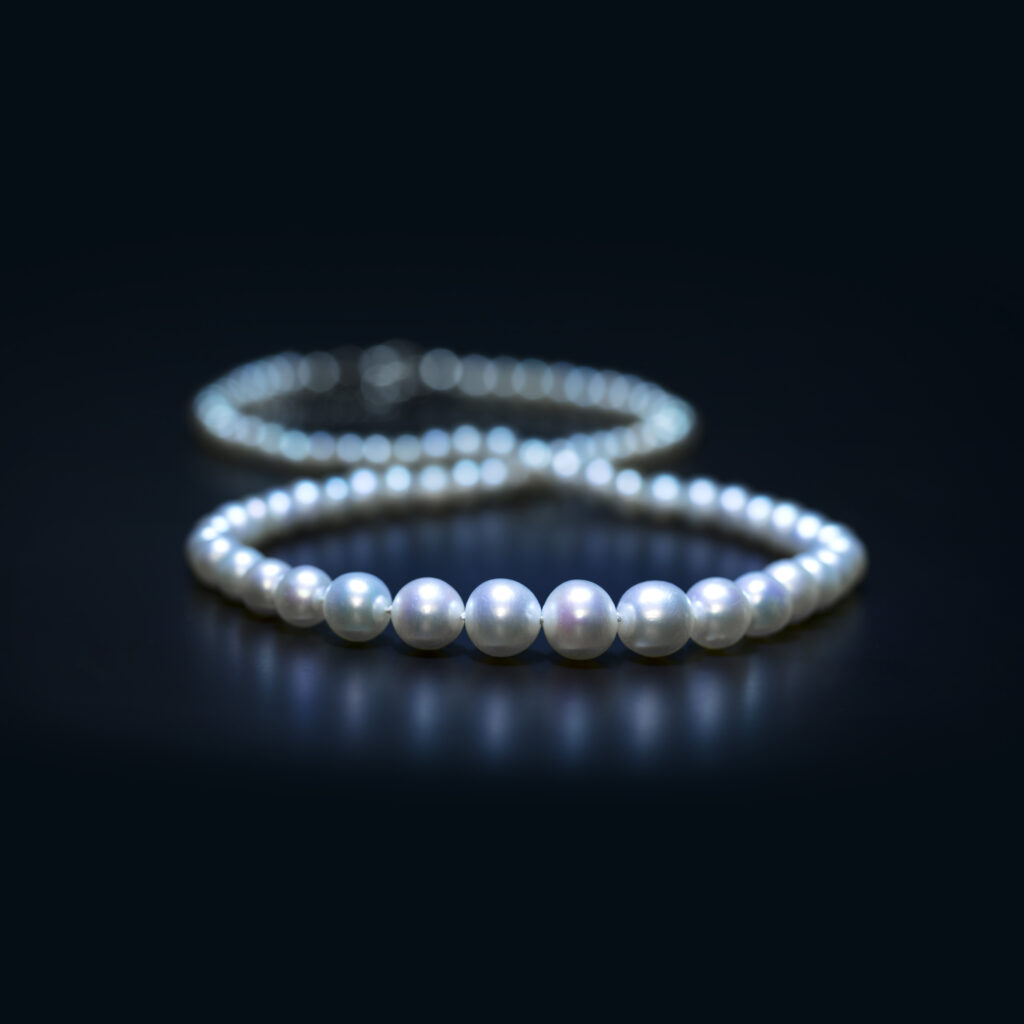
Nacre thickness
The thickness of the nacre is one of the most important indicators to determine a cultured pearl’s quality and it has effects on other quality criteria such as the lustre and the colour of a pearl. Pearls with a thicker nacre coat usually have a greater longevity. Natural pearls consist nearly entirely of nacre, the nacre thickness therefore is not as important of a quality factor and pricing criteria as it is in cultured pearls. However, some natural pearls also known as “blister pearls” have hollow parts, here a significant difference in price can be observed.